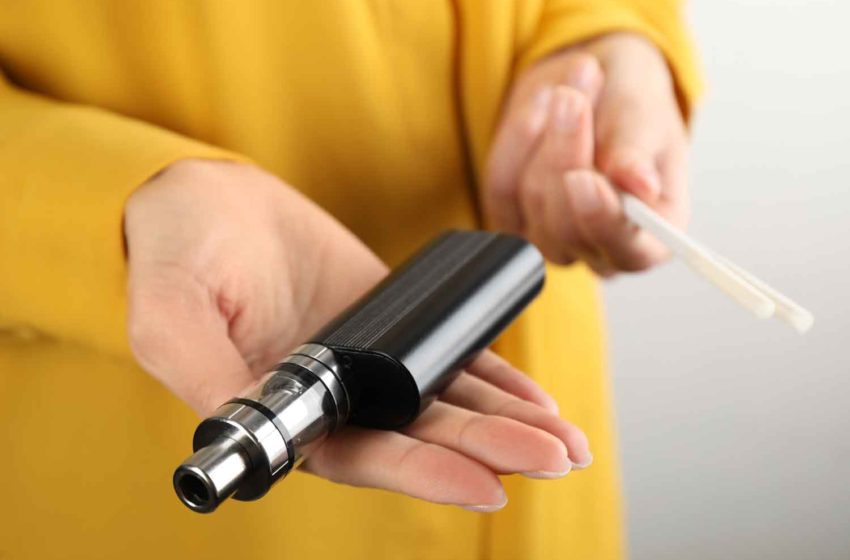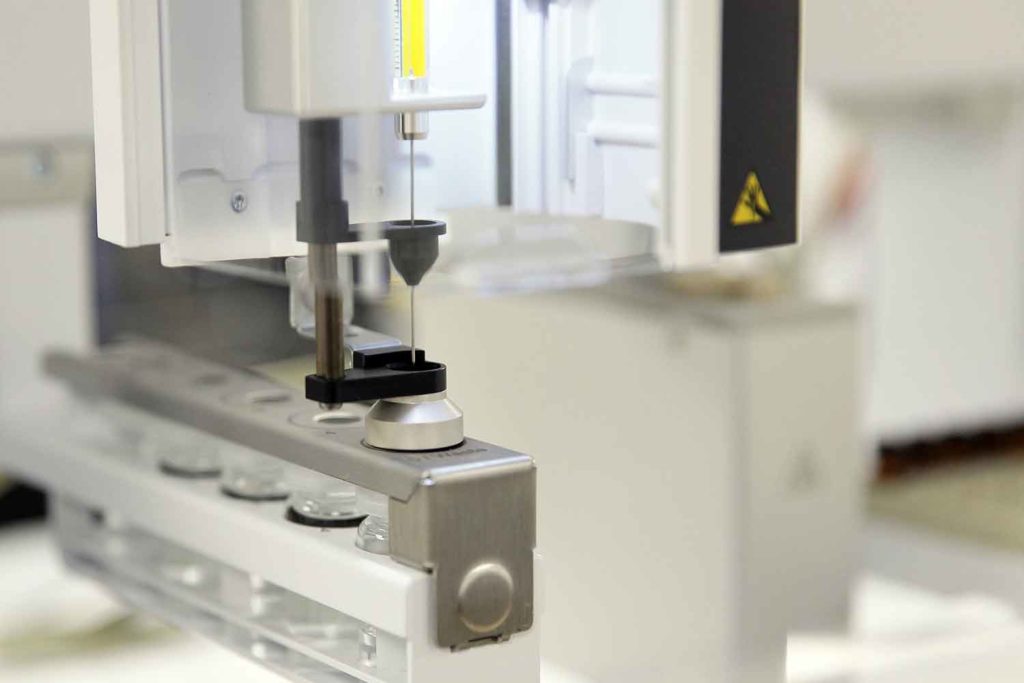
A new study carried out by the Center of Excellence for the Acceleration of Harm Reduction in Sicily confirms that vaping presents a lower risk to heart health than does smoking.
The researchers replicated a 2017 BAT study, which demonstrated that the endothelial cell migration inhibition caused by cigarette smoke is not caused by e-cigarette aerosol exposure. (The endothelium is a membrane lining the heart and blood vessels).
Using the Vype ePen3 and the heated-tobacco products Glo Pro and IQOS 3 Duo, the Replica study corroborated the findings of the BAT study.

“The interesting fact is that switching to combustion-free products reduces vascular damages and prevents the possibility of the onset of smoking-related diseases, such as arteriosclerosis and hypertension,” said Massimo Caruso, an author of the study. “Once again, our research has challenged the notion that e-cigarettes or heated tobacco cause similar damage to that of combustible cigarettes.”
The study is part of the Replica Project, whose mission is to replicate studies conducted by tobacco companies—whose research is routinely dismissed as conflicted—in order to independently assess their scientific validity.
“By replicating the findings generated by tobacco industry studies on e-cigarettes and heated tobacco products, we are proving that these results are robust and trustworthy,” CoEHAR founder Riccardo Polosa told Filter.




















